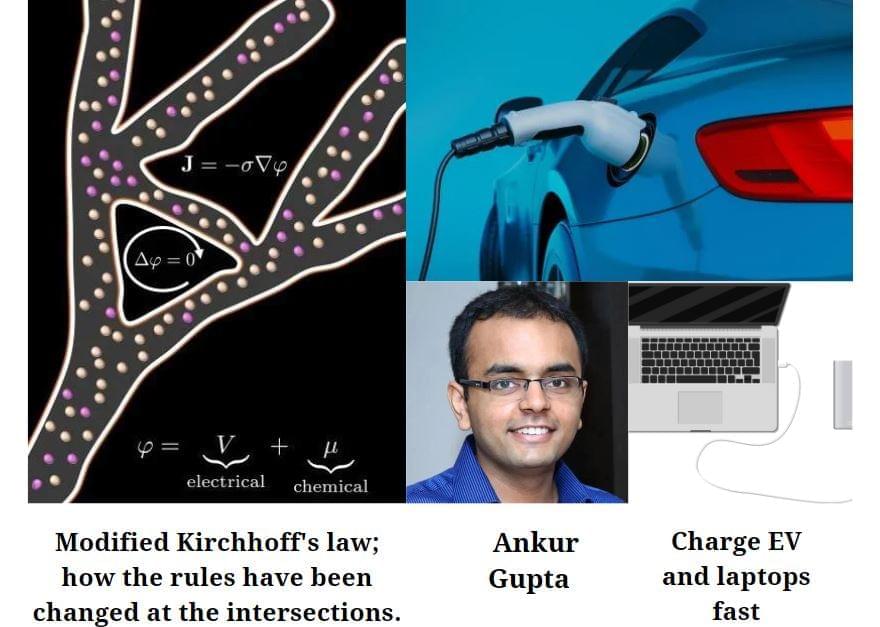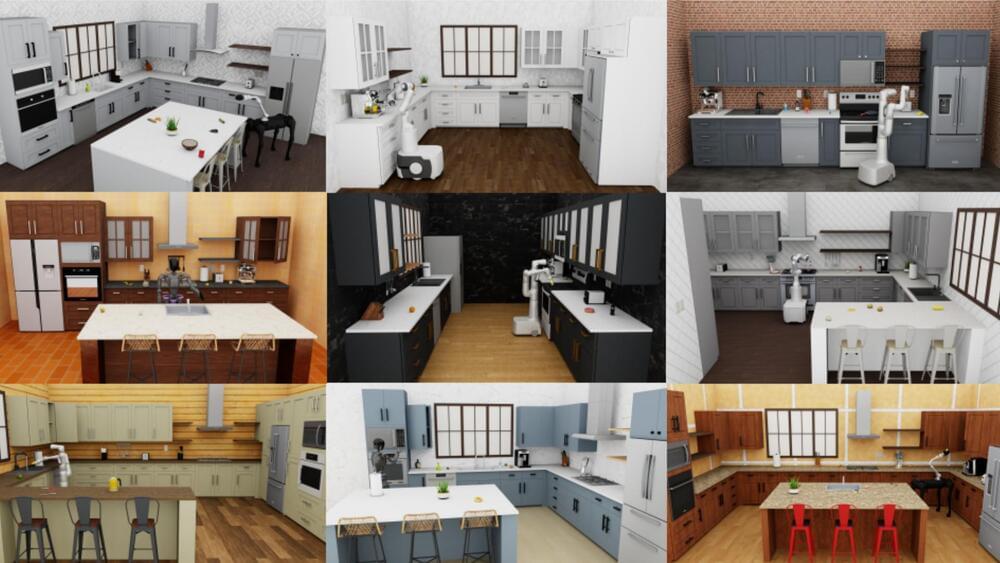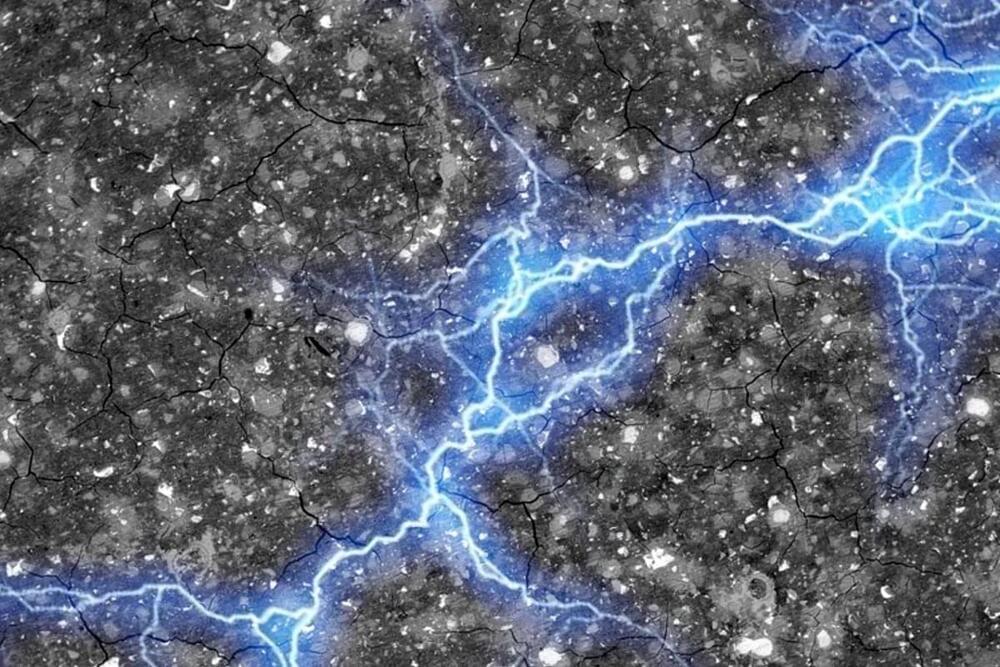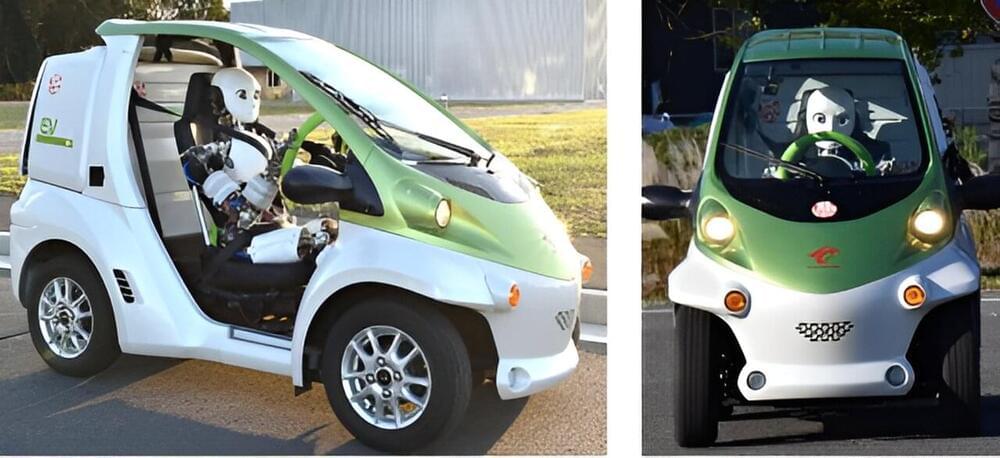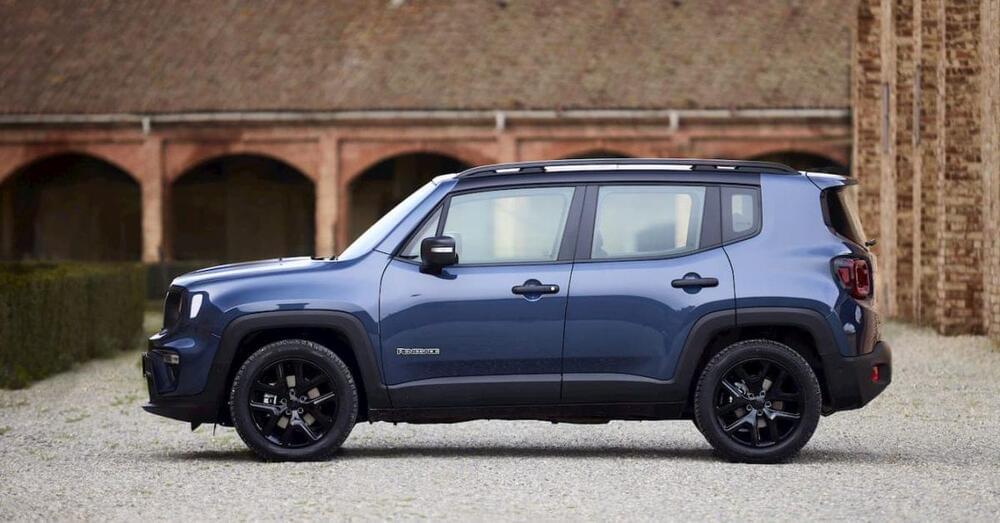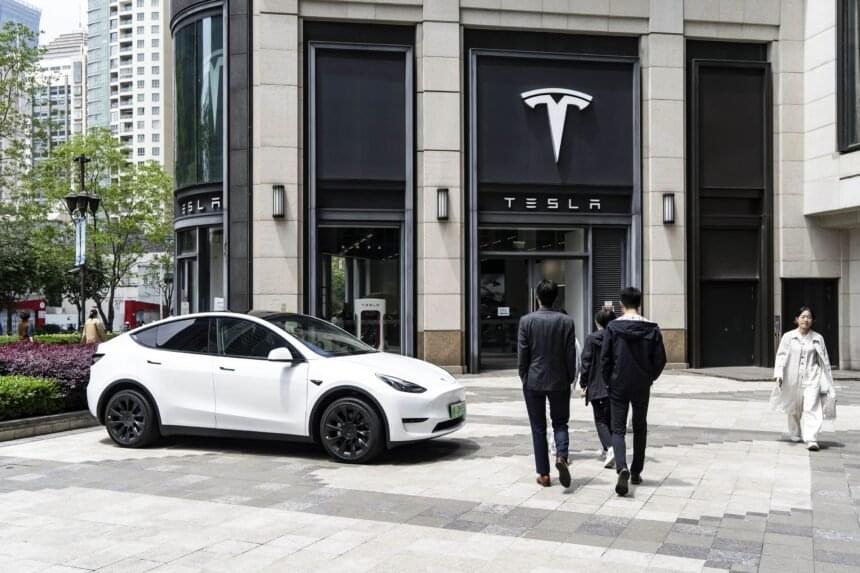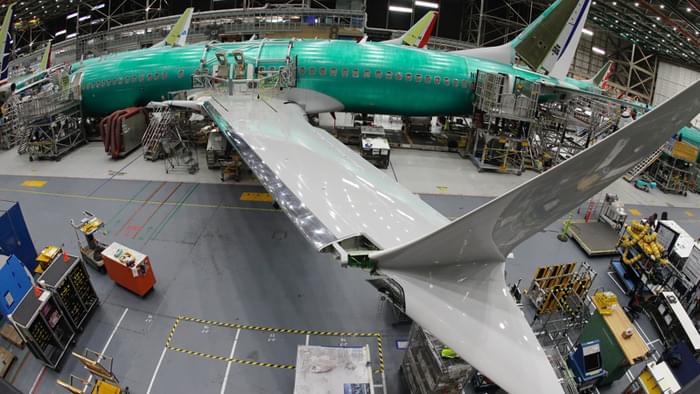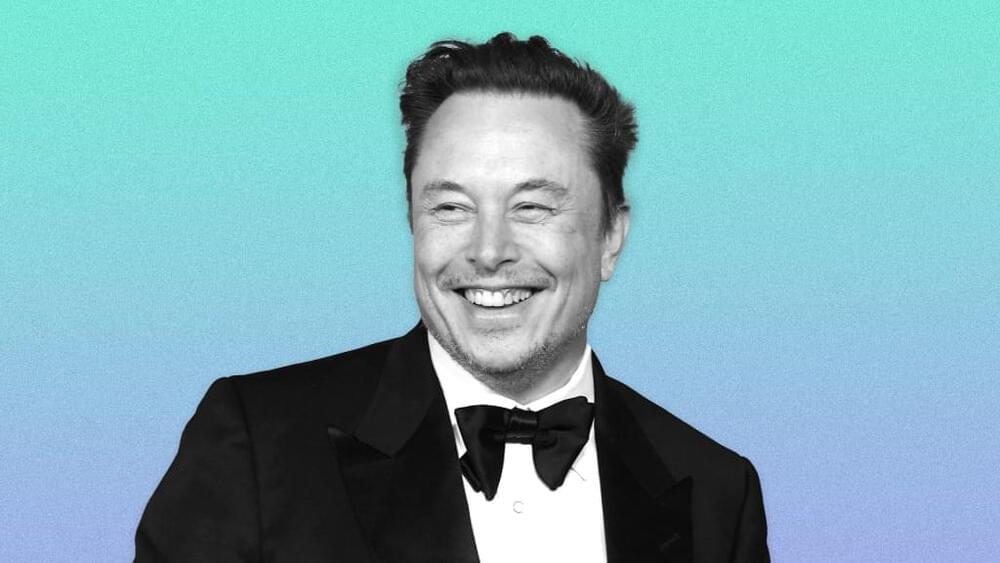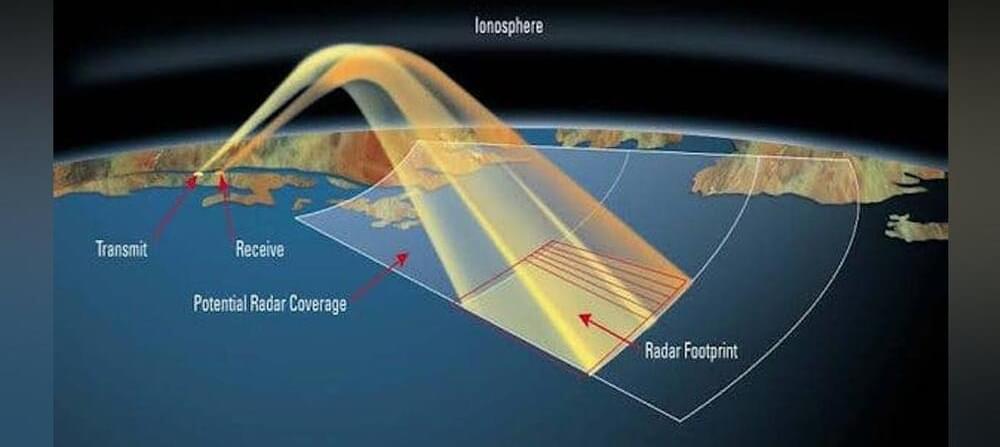A new electric SUV is primed to take on BYD and Tesla in China. GM’s joint venture, SAIC-GM-Wuling, unveiled the first teaser images of its new Starlight S electric SUV Monday. Check out the first images below.
The new electric SUV is the second model under the Wuling Silver Label. SAIC-GM-Wuling is a joint venture between China’s SAIC (50.1% owner) and GM (44%), while the remaining belongs to Liuzhou, Guangxi Province, based Wuling.
Wuling launched the Starlight electric sedan at the Beijing Auto Show in April. Although a PHEV version debuted last December, starting at $12,400 (105,800 yuan), the EV version starts at $13,800 (99,800 yuan).

